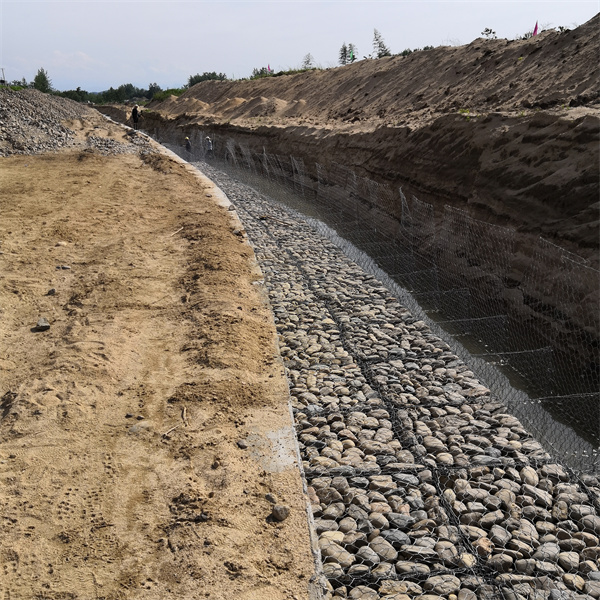Sep . 10, 2024 18:14 Back to list
Gabion Flower Bed - Innovative and Stylish Landscaping Solution
The Art of Creating a Gabion Flower Bed
In the realm of landscape design, few elements are as striking and sustainable as a gabion flower bed. Gabions, which are wire containers filled with rocks or other materials, have long been employed in civil engineering for erosion control and structural support. However, their aesthetic potential is increasingly being recognized in gardening and landscaping, transforming ordinary spaces into vibrant displays of nature.
Versatility and Durability
One of the most appealing aspects of gabion flower beds is their versatility. They can be fashioned in various shapes and sizes to fit any garden design. Whether you opt for low, curved beds that follow the contours of your yard or vertical structures that add height and dimension, gabions can be customized to meet your creative vision. Moreover, the materials used in the gabions—often natural stones or recycled materials—add a rustic charm, blending seamlessly with the surrounding environment.
Beyond their aesthetic value, gabion flower beds are incredibly durable. The metal wire cages protect the stones from erosion and deterioration, making them a long-lasting addition to any garden. This stability allows for the cultivation of vibrant flowers and plants, which thrive in the nutrient-rich soil that can be placed inside the gabions.
Eco-Friendly Solutions
gabion flower bed

In today's world, sustainability is a key consideration in any design project. Gabion flower beds contribute to eco-friendly gardening by promoting natural drainage, which reduces the risk of overwatering and puddling. Additionally, the use of local stones minimizes transportation costs and carbon footprints, making them an environmentally responsible choice.
Plant Selection and Arrangement
When creating a gabion flower bed, the choice of plants is crucial for achieving a stunning visual effect. Consider selecting native flowers that are well-adapted to the local climate, as they will require less maintenance and water. Bright, colorful blooms can be complemented by lush greenery, creating a dynamic contrast against the sturdy backdrop of the stones. Vertical planting options, such as trellises with climbing plants or cascading flowers, can enhance the verticality of the gabion bed, adding layers of depth and interest.
Maintenance and Care
Maintaining a gabion flower bed is relatively straightforward. Regular watering and weeding will keep the plants healthy, while occasional adjustments to the soil will ensure optimal growth. The stones themselves require little upkeep, making them an appealing choice for busy gardeners who want to enjoy a beautiful landscape without excessive labor.
In conclusion, a gabion flower bed offers an exciting blend of artistry and sustainability. By incorporating these unique structures into your garden, you can create a stunning, eco-friendly display that enhances both the beauty and functionality of your outdoor space. Whether you're a seasoned gardener or a novice, the allure of gabion flower beds is sure to inspire.
-
The Role of Galvanized Gabion Mesh in Riverbank Protection
NewsJun.26,2025
-
The Role of Gabion Basket Raised Bed in Sustainable Gardening
NewsJun.26,2025
-
Quality Assurance of Wire Mesh Gabion Baskets
NewsJun.26,2025
-
Installation Guide for Welded Gabion Box
NewsJun.26,2025
-
How to Choose the Right Gabion Box
NewsJun.26,2025
-
Different Types of Gabion Wire Mesh
NewsJun.26,2025
-
Why PVC Coated Gabion Mattress Is the Best Solution for Long-Term Erosion Control
NewsMay.23,2025






